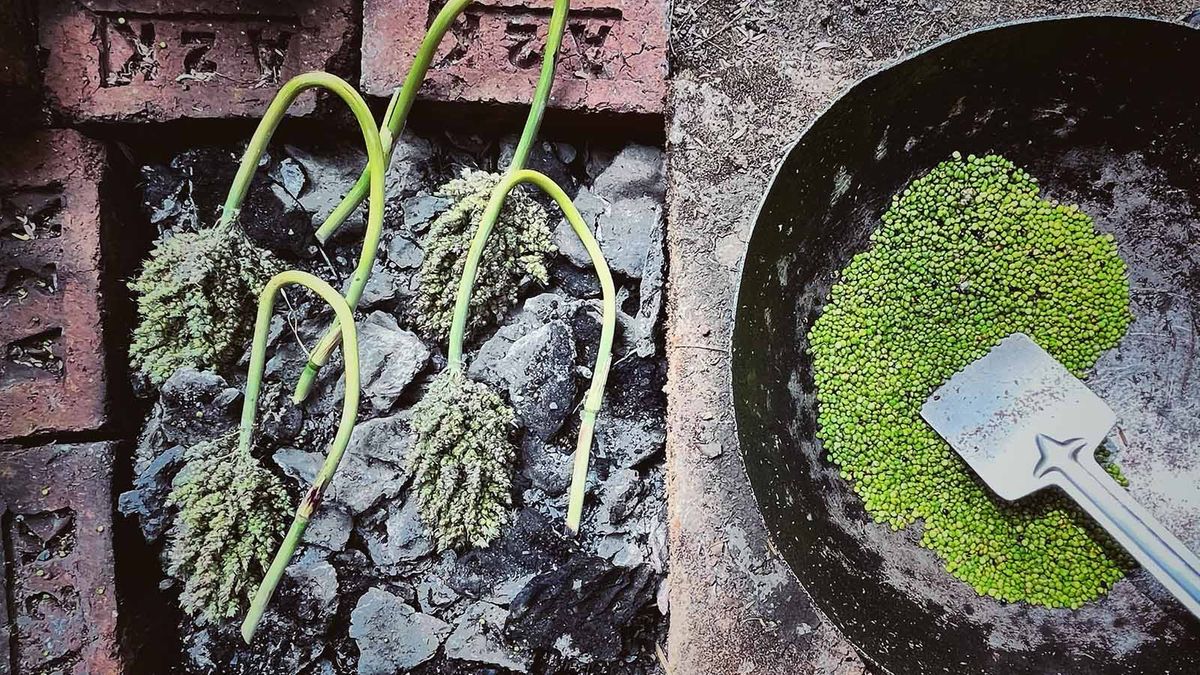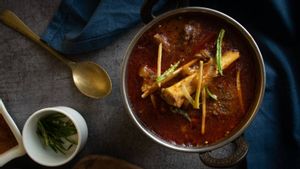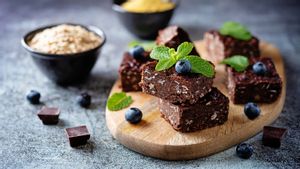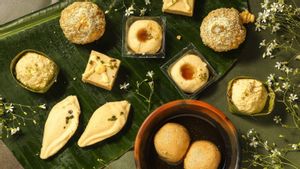It is mid-January which means jacket weather in Pune. Unlike the past few years, this year the winter has set in late and the temperature outside is just about perfect for being outdoors as the sun sets, and for indulging in a smoked, warm snack. The soft winter sun casts a warm hue, making a tiny, green pearl-like grain glow. We touch the grain and feel a heady rush of anticipation.
At The Little Garden, a farm on the outskirts of Pune, a fire has just been set up. The tender jowar (sorghum), known as hurda in this part of the world, has been plucked and is now being roasted over cow dung cakes. The cob is then removed from the fire and swiftly rubbed between one’s palms to remove the grain from the cob and separate it from the husk. “The grains need to be separated from the cob while they are still hot. It’s an acquired skill and not easy at all as the skin can get burnt,” says Jyoti Bhandari, the 60-year-old owner of the farm.
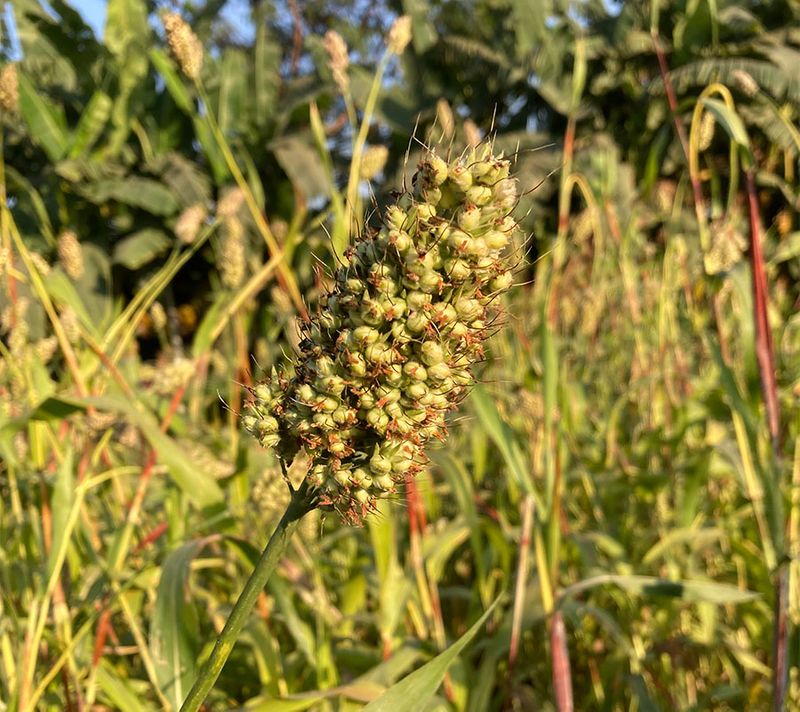
A plate full of smoked, warm hurda is served to us with a variety of chutneys (lasun, til, coconut), revdi, sev, farsan and dahi. We take a spoonful of the grain and top it up with the chutney. This is our first-ever taste of the famed hurda.
“There are three to four types of hurda that I know of,” shares Jyoti. “There’s Akola, Surti, Gavran and a few others. Gavran jowar’s hurda is a little harder. Akola and Surti jowar are grown for the purpose of getting the tender sweet hurda. What remains is used to plant the batch in the next season.”
Stirring up memories and emotions

For Maharastrians and Gujaratis, stories of ponkh and hurda are steeped in nostalgia. There is palpable excitement and pride when they talk about the ingredient. Jyoti, who originally belongs to Shrirampur near Shirdi, has fond memories of eating hurda as a child. “We would go to other people’s farms and eat hurda during the season. My husband’s family loved the hurda tradition. We started growing it in Pune because we couldn’t travel to the village every year to eat it.”
As we try each of Jyoti’s homemade chutneys, she explains the logic behind the condiments. “Traditionally, only gud (jaggery) and khobra (dry coconut) were had with hurda. One shouldn’t drink water after eating hurda. Since it’s a raw grain, it can cause bloating. Over the years, it is now served with revdi, gud, til and curd along with various chutneys. The revdi helps reduce thirst, so you don’t need water immediately.”
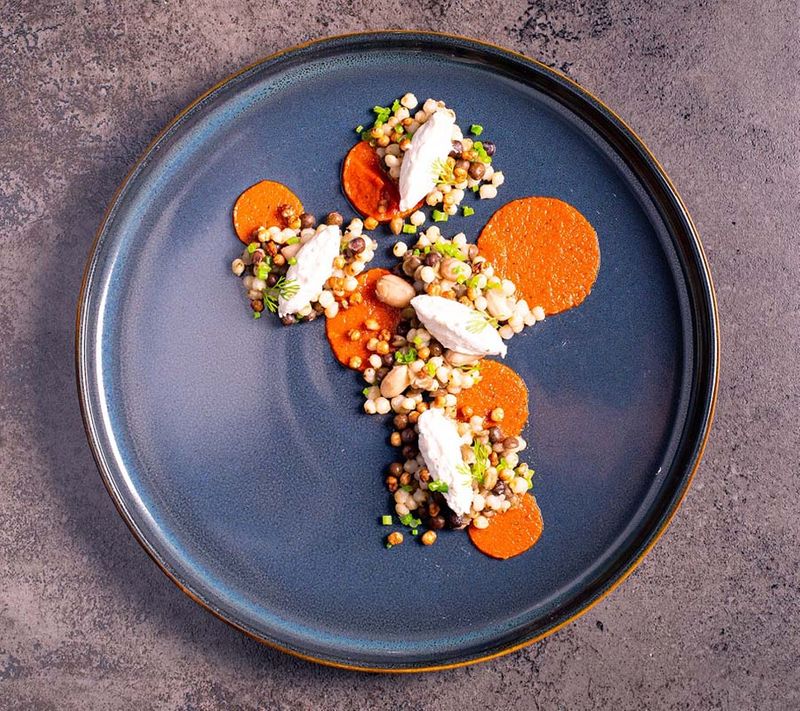
Unlike Jyoti, her daughter-in-law Aparna who runs the farm with her was introduced to hurda only after marrying into the Bhandari household. “I had never eaten hurda before I got married. Many years ago, we were living in Raipur and my in-laws asked us to come to Pune because it was hurda season. I wondered why it was so important. That is when I saw and understood the culture of growing it, inviting people for a hurda party and making all these chutneys at home. It was like a festival that lasted for a month and a half,” says Aparna.
Rutuja Achalare, who runs The Farm Ecoville in Pune, aIso has fond memories of her family's hurda parties. “I am originally from Pandharpur which is close to Solapur. We had a large farm there that my uncle and my grandfather owned. As kids, we would go to the farm every year in mid-January and have hurda from our own farm. The Sankrant celebrations with hurda and kite flying were almost as big as the Diwali festivities.” Today, Achalare holds hurda parties at her farm but the hurda comes from Aurangabad. “Gulbhendi hurda from Aurangabad is a very popular variety. The seeds are sown in the monsoon and harvested around now. Farmers grow the hurda in batches, so that is available until February.”
Getting your hurda or ponkh fix

Jowar needs less water to grow. Regions like Marathwada, Khandesh and Solapur where there is less rainfall are perfect for it. “To grow hurda in Pune, we look to sow it at the end of the rainy season. Heavy rainfall damages the crop. Last year we lost a lot of hurda because of the rain in December. Nagar district gets less rainfall so they sow as early as June and July and the hurda is ready by November. In Pune, we can only get the crop by the end of December,” explains Jyoti.
Not too far away from Maharashtra, Gujarat’s love affair with ponkh is a strong one too. Ahmedabad-based Sheetal Bhatt, who has been documenting the food traditions of Gujarat for years, continues her annual ritual of getting her ponkh from her aunt’s home in Surat. “Ponkh is a southern Gujarati affair. While any sweet berries are called ponkh, including wheat and bajra ponkh, the jowar ponkh which is called Surti ponkh or Andhani Vani ponkh is the most popular. It is cultivated within a 20-kilometre radius of Surat. These days, with quicker and improved transportation, we get ponkh for a longer duration of time in Ahmedabad. Ponkh doesn’t travel well so my family in Gujarat avoids couriers and they send it with someone who is visiting. They are also very particular about the vendors they buy from. They have been buying from the same person for generations,” says Bhatt.
The hurda parties
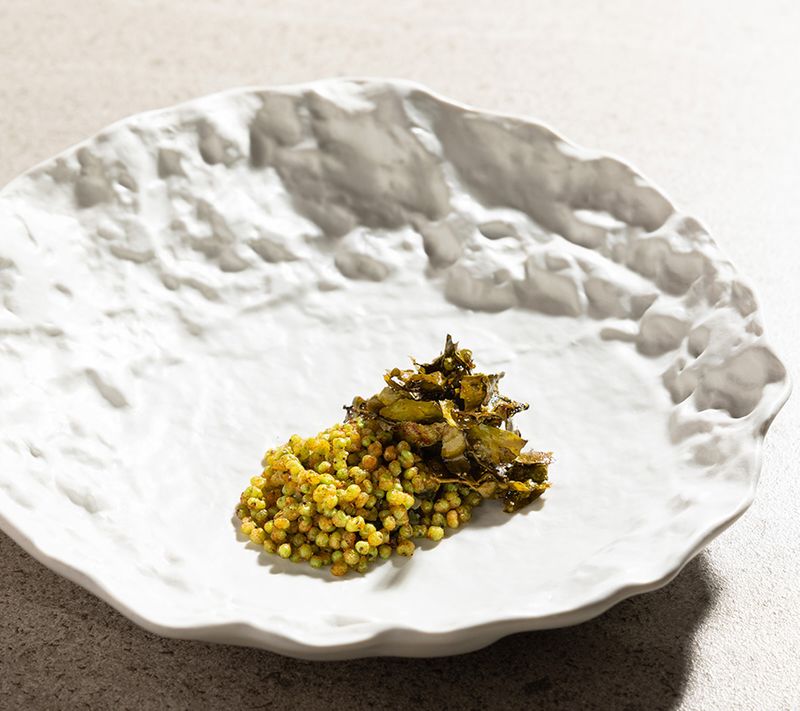
While Gujrat’s legendary ponkh parties are mainly held at people’s homes, agro tourism in both states has led to this simple harvest celebration becoming a tourist attraction. Jayesh Paranjpe, who runs an experiential travel company called Western Routes, believes that urban folk like to reconnect with their roots and hurda parties help them see a part of rural life that they miss. “It is a day out on the farm. There are bullock cart rides while the roasted hurda makes for a great starter. We also make a hurda bhakarwadi chaat. This is followed by a traditional Maharashtrian meal.”
How do you like your ponkh?

“When we host a hurda party, we serve the hurda with a til chutney, curry leaves chutney, karla chi (niger seeds) chutney, coconut chutney, peanuts, jaggery and curd. When we have leftover hurda, my mom makes cutlets and thalipeeth out of it,” Achalare tells us.
The Surtis eat Ponkh with four kinds of fine sev. “There’s the blackish Mari pepper sev, the green garlic sev, the red mirchi sev and the plain yellow sev along with sakariya (sugar balls) and farsan. It’s not bhel, it's a dry mix. Ponkh vada and ponkh pattice which is ponkh stuffed inside mashed potato and deep fried are also popular. A glass of chaas (buttermilk) goes perfectly with it,” explains Bhatt.
Preserving your ponkh
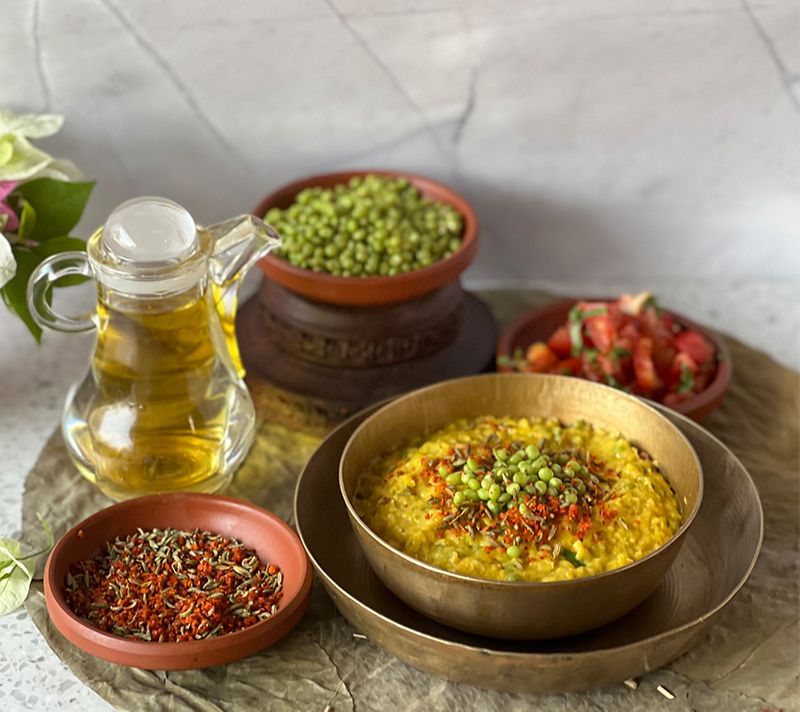
The short shelf life of ponkh makes it expensive. A kilo costs around Rs 400 to 500. The ponkh lovers however manage to find a way around it. “For NRI customers, ponkh is sun-dried and sold. It is then refrigerated and when one is ready to eat, you make a potli of it and steam it for one or two whistles to rehydrate it,” informs Bhatt.
Dixit has her own way of preserving ponkh. “I have a vendor in Surat called Ashwin Bhai who shuttles between Mumbai and Surat for a few months bringing fresh ingredients by the night train. When we have leftover ponkh, it can be frozen and then re-steamed before serving but I have always had an aversion to refrigerating food. So, we use it in multiple recipes at once instead of compromising the quality of the ingredient.”
Ponkh’s high water content also makes it a tricky ingredient to work with. Hussain Shahzad, Executive Chef at The Bombay Canteen and O Pedro, has managed to find an interesting solution. “This challenge makes it all the more exciting. We use charred ponkh to make a Smoked Pumpkin Launji preparation; the charring helps to reduce the water content from ponkh. We recreate the dynamic sweet and sour punch of the launji in the form of a creamy hummus with smoked red pumpkin, finished off with mustard oil, topped with charred ponkh dressed in a chunky Kashmiri chilli crisp and served with a flax seed khakhra. Ponkh is perfectly juicy and has an irresistible texture and fresh flavour,” he explains.
“One of the main challenges is cleaning ponkh when it arrives in the kitchen. The cleaning process of these tender grains needs a lot of patience and precision,” says Chef Girish Nayak of Bombay Sweet Shop. He uses fresh ponkh in a bhel, tossed in a tamarind and green mango chutney, fresh coriander, pomegranate, curd and cumin with chunks of hara chana and ponkh falafels. The leftover ponkh is dehydrated, deep fried and then used in the ponkh bhel to add a crunchy texture.
The modern ponkh

In 2018, the Government of India declared it a ‘year of millets’, while 2023 has been declared as an ‘international year of millets’ by the United Nations after it accepted a resolution from India to do the same. While restaurants in Surat or Ahmedabad don’t really serve ponkh in contemporary avatars, professional kitchens in Mumbai and Pune have been experimenting with the ingredient.
While Soam in Mumbai is serving a ponkh sev puri and a ponkh and makhane ki kheer, the Aragma Experiences in Pune creates a dish called Pulses and Millets which is a beautiful medley of flavours, textures and colours. It features jowar in two forms, crunchy and cooked, served with tomato sauce, fresh yoghurt and fresh greens. At Masque, Chef Varun Totlani creates Seaweed and Ponkh Bhel. “The seaweed is sourced from Goa. It is fried in the texture of crackling spinach. We pair it with Ponkh Bhel — at the bottom, there is a salad of cucumber, onion, green tomatoes, raw mango, then there’s a green apple and green chilly chutney, topped with crispy ponkh. You dry it out and fry it so it puffs up and becomes crispy and we marinate it with homemade chaat masala and serve the seaweed on the side. The saltiness and the sliminess of the seaweed go perfectly with the sweetness of the ponkh,” he tells us.

“While we source our ponkh from a vendor in Surat, we also buy from the local market in Dadar. If you are looking to buy locally, make sure you look out for the artificial emerald green colour that some vendors use,” warns Totlani.
If you do find ponkh or hurda at a local vendor or are tempted to order them, simply roast them in a kadhai on a stove top, add some salt and squeeze some lime on it. It may not be the ‘real deal’ or match the ambience of a farm, but it is delicious and will most certainly have you craving ponkh or hurda in the next season.


